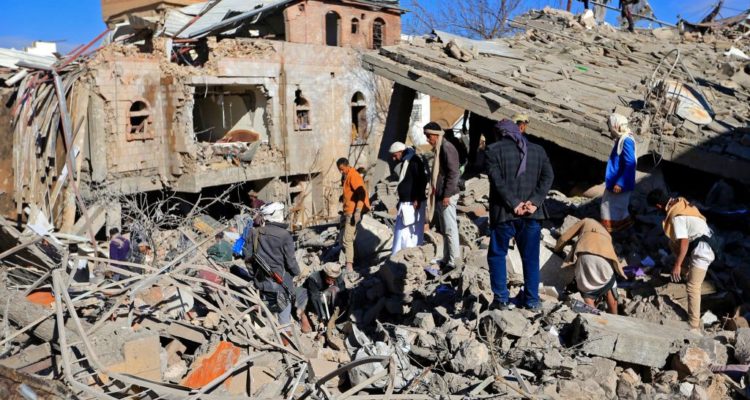The Yemen conflict is now a decade old. It keeps taking on a wider dimension, with no relief in sight for the suffering Yemeni people. All peace-brokering efforts have failed to produce any tangible results, and this is likely to remain the case for as long as no regional consensus exists between Saudi Arabia and Iran, as well as between Iran and the United States.
The recent attacks by Iran-backed Houthis on Abu Dhabi that killed three people and the Saudi-led Arab coalition’s retaliatory strikes on Sanaa, Yemen’s capital, that killed scores, underline not only the intractable nature of the Yemen war but also its potential to become a regional fireball.
The conflict commenced as an internal power struggle among the multi-ethnic, tribal and sectarian Yemeni population following the ousting of dictator Ali Abdullah Saleh in the wake of the ‘Arab Spring’ or pro-democracy uprisings in the Arab world. Saleh had ruled North Yemen from 1978 until 1990 and then a united Yemen from 1990 until 2012.
However, Saleh’s toppling opened the way for the two Persian Gulf powers to intensify their sectarian and geopolitical rivalry for regional influence. The predominantly Shia Islamic Republic of Iran threw its weight behind the friendly sectarian Houthis. The Kingdom of Saudi Arabia, backed by its allies in the Gulf Cooperation Council, most importantly the United Arab Emirates (as well as the US, which has sought to eliminate al Qaeda cells in Yemen), supported Saleh’s Sunni replacement, President Abdrabbuh Mansur Hadi. The Houthis’ success in driving Hadi out of Sanaa in 2014, posed a formidable security challenge to the new Saudi king, Salman bin Abdulaziz, who succeeded his politically nuanced half-brother, Abdullah, in January 2015.
Read the article by Amin Saikal in The Strategist.

